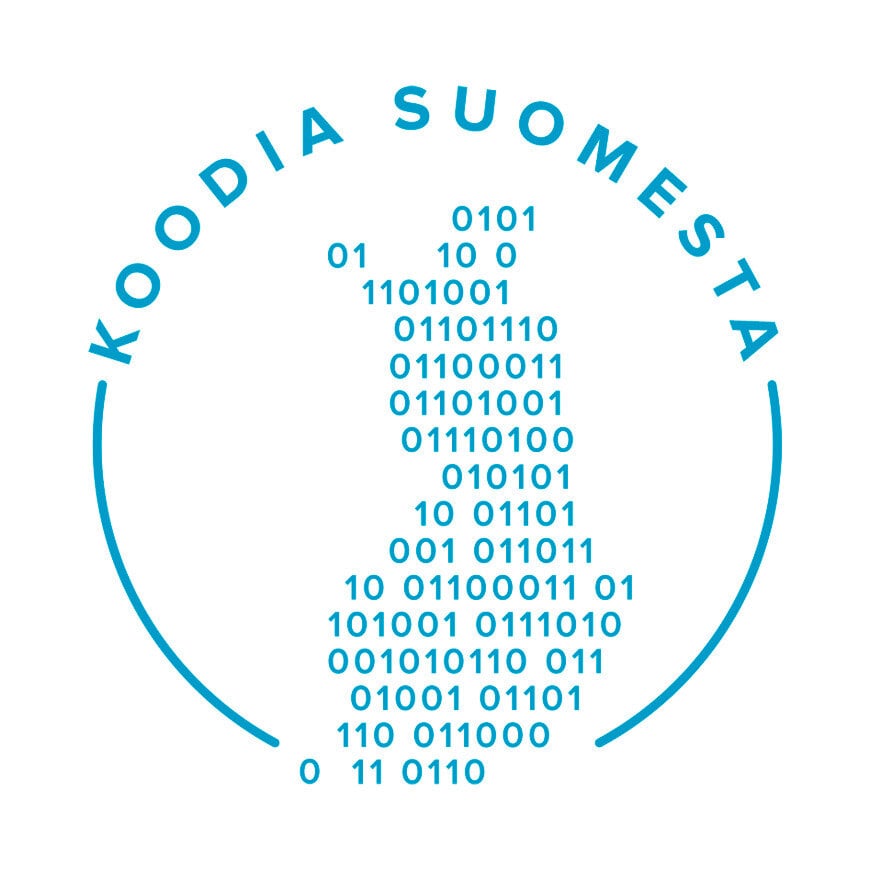What is growth hacking, and how can your business use it to grow fast?

Growth hacking is a hot topic, but few know what it is or how to take advantage of it.
Don't worry! This guide explains what growth hacking is, who it's suitable for, and what the benefits are. We also look at two case examples of successful growth hacking and clarify the mystifying AARRR and RARRA frames of reference.
For starters, growth hacking is an umbrella term for strategies that focus exclusively on growth. It aims to make a product or service go viral, and it can enable massive growth in just a few short months.
It may not be for everyone, but for certain businesses, these techniques can be very effective.
Check out short video on Growth hacking in SuccessFunnel Friday episode:
Onward then, toward the secrets of growth hacking strategies that can catapult your brand to explosive growth!
(Image: Unsplash)
📈 What is growth hacking?
The term "growth hacking" was coined by GrowthHackers founder and CEO Sean Ellis in 2010.
Growth hacking is the process of trying to make a product or service go viral through creative marketing (and its support functions). The essence of growth hacking is maximizing brand visibility and arousing the interest of potential customers as quickly as possible.
Growth hacking can be summed up in this sentence: Small investments - Big results.
🤓 Despite its name, growth hacking does not require a deep understanding of coding. It's implemented by devising unconventional strategies to achieve rapid growth.
Growth hacking is about creative, inexpensive ways to acquire and retain customers. The means are often a combination of innovative marketing, technical development of services, and content optimization. Experiments are done using data, and the timeframe is kept short.
Growth hacking boosts the effectiveness of inbound marketing. It supports lead generation and helps optimize the purchase process, starting from raising awareness, to conversion and further on to the end of the customer lifecycle.
(Image: Unsplash)
🤔 Who is growth hacking for?
It is commonly stated that "If it ain't broke, don't fix it.". This is true, as the long-term implementation of traditional growth methods, such as conversion rate optimization, still yields excellent results.
So why should you (and who should in general) consider growth hacking over a more traditional approach?
The answer to "why" is found above: Growth hacking produces big results with a small investment. Isn't this what all brands strive for in one way or another? 🤑
However, growth hacking is not necessarily for everyone. It is most commonly used as a strategy in early-stage startup companies, whose livelihood depends on massive growth in a short time with a small budget.
Nonetheless, growth hacking has advantages beyond startups.

(Image: Freepik)
👉 A clever growth hacking strategy can bring the following benefits to your brand:
- Quick results: Traditional marketing methods require a lot of time and money. Growth hacking can bring hefty results quickly with only a fraction of traditional marketing costs.
- Economical advantage: Growth hacking originates from improving the return on invested capital. It is an effective means of saving if implemented correctly.
- Better products and services: The pursuit of rapid growth often leads to the developing of new innovative products and enables a pioneering role in the market.
If all of this sounds good, then growth hacking is for you. Growth hacking is suitable for anyone who wants to succeed, look to the future and stay ahead of competitors.
Like all growth strategies, growth hacking should also be tailored to your brand and its target audience.
Then you can familiarize yourself with the features of a growth hacker.
(Image: Unsplash)
👩💻 What is a growth hacker like?
A growth hacker is curious, analytical, and genuinely excited about new things. A growth hacker develops innovative strategies for customer acquisition, sometimes even obsessively 😜
They also understand analytics: Growth hackers analyze and test to see what works. Data for growing and developing business is essential for a growth hacker. Based on that, assumptions are made, and various growth strategies are tested and prioritized.
Growth hackers are sometimes called growth marketers, but they are not just marketers. Any person involved with a product or service can be a growth hacker, for example a product manager or an engineer.
The growth hacker's focus is always on strategies related to growing the business. A growth hacker can envision the future and understand what is needed to stay ahead of the competition.
🪒 Growth hacking strategy case 1: Dollar Shave Club
Dollar Shave Club was founded in 2012 to compete with giants such as Gillette with a new cost-effective product. One might think that shaving is a boring topic (as it is 😉) and leaves no room for creativity, but Dollar Shave Club managed to stir up the market with an ingenious growth hacking strategy.
One viral video was enough to penetrate the market. Dollar Shave Club wanted to grow their email list and make people aware of their product and its benefits. They made a video that used sarcasm and stereotypes to turn a boring topic into a funny story.
The video was uploaded to several platforms, and within two days, the video generated more than 12,000 subscriptions. The video has more than 26 million views in total, has won several awards, and has catapulted the Dollar Shave Club brand to the top of the market.
The video appeals because it's fun, authentic and memorable. Dollar Shave Club is also not afraid to talk about their brand or products, and they make their customers feel part of the club.
Check out the Dollar Shave Club ad, that made them succesful:
📬 Growth hacking strategy case 2: Flowrite
Flowrite turns short instructions into a ready-to-send email with your personal style. It allows you to write emails faster and makes your life easier. During the beta phase of the service, Flowrite implemented a growth hacking strategy to gain more users.
The company created a waiting list. When new users signed up, they were presented with a long list of other users in the queue ahead of them. The essence of the strategy was this: New users could advance in the queue by spreading the word about Flowrite to their network of friends on different platforms. Each new user obtained through a referral increased the referrer's position in the queue.
With this strategy, new users became Flowrite marketers, with no money spent on marketing efforts 🤯. After just a few weeks, Flowrite had hundreds of new users waiting to access the beta version and gained many more throughout the referral program.
Check out Flowrite introduction:
🏴☠️ The AARRR growth hacking framework
AARRR, said the pirate when he saw a growth hacker. Also known as Pirate Metrics (not surprisingly), this customer acquisition funnel, or framework, is commonly used in startup companies.
AARRR is an acronym for Acquisition, Activation, Retention, Referral, Revenue.
The AARRR framework maps and follows the customer's journey throughout the entire life cycle from the perspective of a growth hacker. Every growth hacking strategy benefits from an astute customer journey, especially when done following the AAARR model.
The AARRR model prioritizes the five stages of growth placing customer acquisition in front of the funnel.
AARRR framework:
-
Acquisition: Common metrics include visitors on page, conversion rates, number of forms filled out, generated leads (MQL/SQL), new users, or clicks on ads.
-
Activation: New account creation, low turnover, or a certain number of predefined in-app activation steps.
-
Retention: Often measured by the number of active users (daily, weekly, monthly) and retention rate (monthly, quarterly, annually).
-
Referral: This consists of, for example, received ratings and reviews, social media followers, and NPS scores.
-
Revenue: Business growth metrics for revenue are Monthly Recurring Return (MRR), Annual Recurring Return (ARR) and Customer Lifetime Value (CLTV)
🐅 RARRA growth hacking framework
Another growth hacking framework, RARRA prioritizes customer retention instead of acquisition. Revenue is celebrated in the middle of the funnel, and everything after that should lead to customer acquisition.
This new version of Pirate Metrics was designed to better serve the retention of mobile app users but is nowadays commonly used in many different businesses.
RARRA framework focuses on building customer lifetime value by monitoring customer behavior. The RARRA framework also invests in existing customers to improve the conversion of new customers.
RARRA framework:
- Retention: Focus on excellent user experience and functional user interfaces.
- Activation: Ensuring the service's functionality and nurturing customers with new features.
- Revenue: It is 60-70% easier to sell to existing customers than new ones. Customer retention is financially more profitable than acquiring new customers.
- Referral: When your customers like your products, give them the tools for referring your brand to their friends - and make it easy.
- Acquisition: All of the above leads to acquiring more customers. The acquisition may be slower than in the AARRR framework, but the customer life cycle is more profitable.
(Image: Unsplash)
So which framework should you choose?
At the end of the day, it's all about your brand and opinion. Both frameworks are used to gain visibility and website visitors, convert visitors into customers, and keep these customers satisfied.
The ultimate goal is growth, and both AAARR and RARRA provide different routes to this goal.

Summary
Growth hacking is an umbrella term for strategies that focus exclusively on growth.
It is a process that aims to make a product or service viral, and it can enable massive growth in just a matter of months.
Growth hacking can be summed up in this sentence: Small investment - Big results.
A clever growth hacking strategy can bring many benefits, such as:
- Quick results
- Economical advantage
- Better products and services
AARRR and RARRA are growth hacking frameworks. They are acronyms of Acquisition, Activation, Retention, Referral, Revenue.
AARRR framework prioritizes customer acquisition, while RARRA focuses on customer retention.
Like all growth strategies, growth hacking should be tailored to your brand and its target audience.
If you want to accelerate your growth without spending a lot of money on marketing, you should consider implementing strategies like Flowrite and Dollar Shave Club.
👉 Get the best tips for growth - book a free appointment with our SuccessGuide







